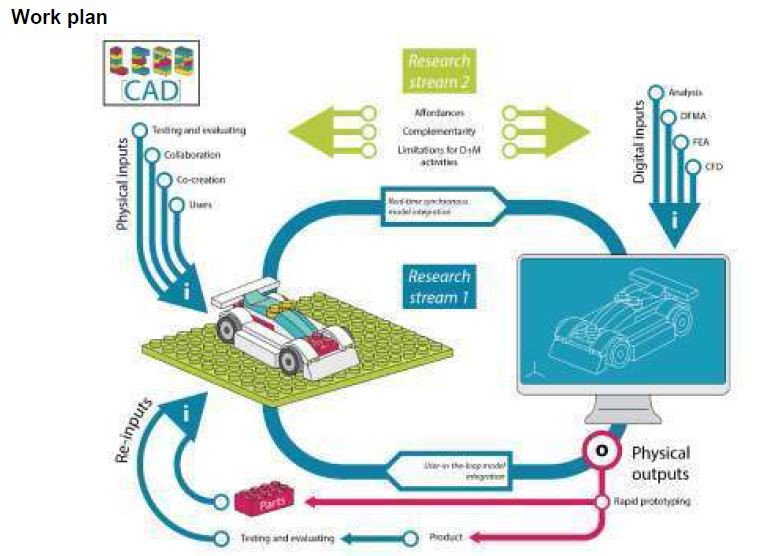Earlier this year, while in discussions with Bristol University, we were asked if we’d like to take part in a new research project called PhysiCAD. Being very focused on delivering highly visual user interfaces in AltoSites and AltoSUE (currently using maps and CAD plans) research in this space was definitely of interest.
CAD Limitations
Computer-Aided Design (CAD) software is highly versatile and useful. It has, in fact, been instrumental in helping foster and maintain the United Kingdom’s reputation for innovation (currently ranked in the top ten countries in the world). However, to be used effectively it requires in-depth knowledge and the time and/or financial resources necessary to properly utilise it. It is, to put it simply, highly complex software and, accordingly, many good ideas are slow to progress or falter long before a commercially viable product is available; especially where advanced modelling, simulation and analysis (virtual prototyping) are involved. However, the limitations with CAD go far beyond a lack of expertise or resources – whether financial or temporal.
Physicality is a fundamental desire for humans; the deep-seated need to interact, shape, and impose order upon our surroundings. In order to fully interact with the design process a degree of physicality is necessary. The greater the physicality the greater the user engagement, their creative potential, and – importantly – the success of the project’s goals. However, traditional CAD systems are severely limited in these respects. They impose 2D (or 3D virtual) limits on a project which undermines the potential of a given idea or project – hence the increasing interest in 3D printing within prototyping.
The Role of PhysiCAD in Physicality
The purpose of PhysiCAD is to provide a platform which dramatically increases the level of physicality possible allowing the user to bypass the limitations noted above by not only simplifying – as well as increasing the speed and quality of – the design process but to also make CAD and other virtual prototyping tools more readily accessible. To achieve this the research is investigating a tangible interface for CAD, virtual prototyping and rapid prototyping.
An illustration of the PhysiCAD process is shown below:

The PhysiCAD research programme consists of two interrelated research streams. The first addresses the technical and HCI challenges associated with the creation of real-time physical-to-digital model integration and user-in-the-loop digital-to-physical model integration. The second research stream concerns investigation of the affordances, complementarity (with Virtual Prototyping tools) and limitations of a Lego-inspired tangible interface for improving collaboration/co-creation, design performance and accessibility to virtual prototyping and rapid prototyping.
PhysiCAD has been given the go ahead and is due to start in November. Follow us on Twitter or LinkedIn to be notified of updates as the project progresses.
